Lebanese arena:
- The continuation of the popular protest inspired by the Corona virus:
- The protest marches renewed in Beirut under the title “You Will Pay the Price.”
- The prominent protest parade was on 29 February, marching towards the Parliament Building.
- A sign posted at the demonstration, motivated by the Corona virus, said, “The Corona must go down to the governing body (“Majles”), which governing body? any governing body, it does not matter … (Originally the word “Majles” in Arabic means government” or “parliament”).
- In addition, inspired by the Corona, people wore medical masks painted in the colors of the Lebanese flag, inscribed with the saying: “Revolution, Freedom not trust“. The demonstrators also chanted: “Corona, Corona, Michel Aoun Corona” (In reference to Michelle Aoun the Lebanese President).
- Is the start of oil and gas drilling in potential gas deposits a sign of new economic hope?
- Lebanese President Michel Aoun made a speech at the commencing of the oil drilling projects in the potential oil and gas deposit site in Lebanon.
- During the speech, he emphasized, among other things, “Although the event we celebrate comes in the shadow of the suffering in which we live, from this will arise the basis for Lebanon’s rise from the abyss and transformation of its economy into a productive economy, one that everyone will benefit from… Our oil and gas resources are for all Lebanese, we will defend those resources with the same determination and without compromise as we have defended our land border” (i.e. the border with Israel).

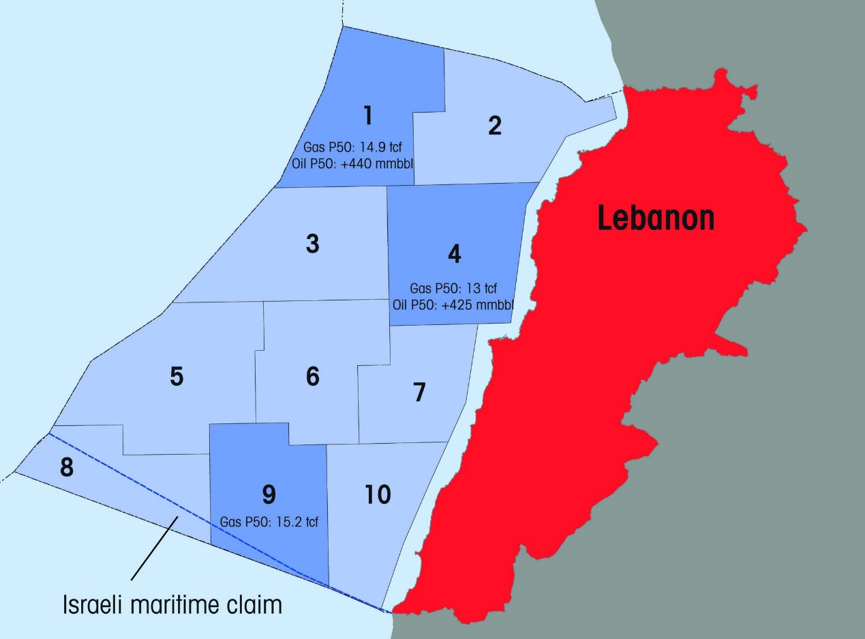
- The bread bakery crisis – Does it hold a new volatile potential?
- Following the economic situation, the head of the bakeries union proclaimed that the bakeries would go on strike from February 23rd for an indefinite period.
- In response, young Shiite groups in the Dahiya district of Beirut called out to smash any bakery that would take part in the strike.
The Syrian arena:
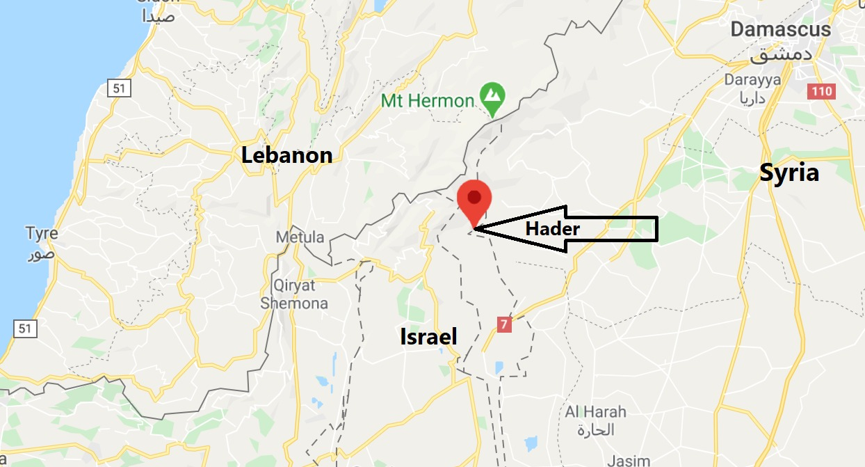
- South Syria – Quneitra Province – The assassination of a Hezbollah senior operative belonging to the terror infrastructure (the Golan portfolio) adjacent to the Israeli border:
- The elimination of Emad Sa’id el Tawill of the Druze village Hader on the afternoon of February 27th was the result of a missile fired from an UAV targeting his car while he was driving near his village.
- Hader Village is a Druze village located at the foot of Mount Hermon. During the Syrian civil war, the village supported Assad’s regime. In recent years, a number of terrorist attacks against Israel came out of Hader village, attacks directed by Iranian Quds Forces and Hezbollah.
- Emad el Tawill was apparently one of the regional leaders in the terror infrastructure founded by Hezbollah near the border with Israel on the Golan Heights named: “the Golan Portfolio”.
- In the Alma Center Research department, we are currently working on a special report that will reveal the full deployment of Hezbollah’s presence and its terrorist infrastructure throughout southern Syria.
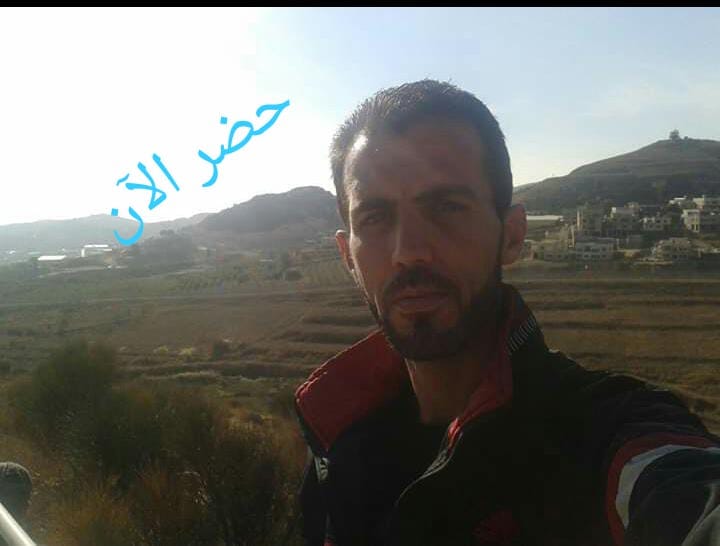
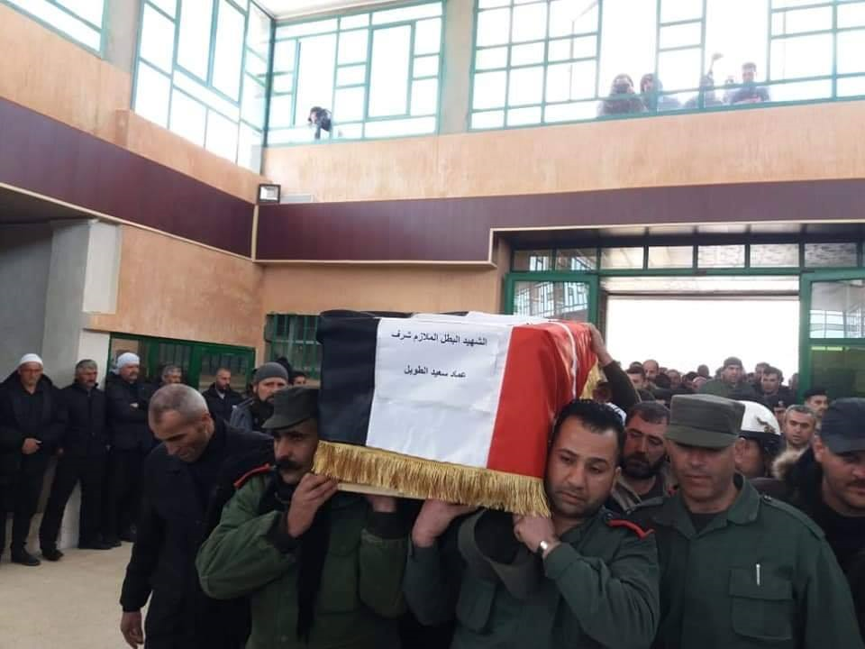
- South Syria – Quneitra Province – The bombing of Syrian positions near the border with Israel:
- In the aftermath of the killing of Emad el Tawill, on the night of 27 February, three military positions that formally belong to the Syrian army were bombed.
- The locations of the bombed positions are very close to the Israeli-Syrian border.
- We believe that these military positions were utilized by Hezbollah’s “Golan portfolio” infrastructure to observe the Israeli border. In addition, we believe that the timing of the military position bombings was not by chance and understand it was linked to the assassination of Emad Sa’id el Tawill a few hours earlier.
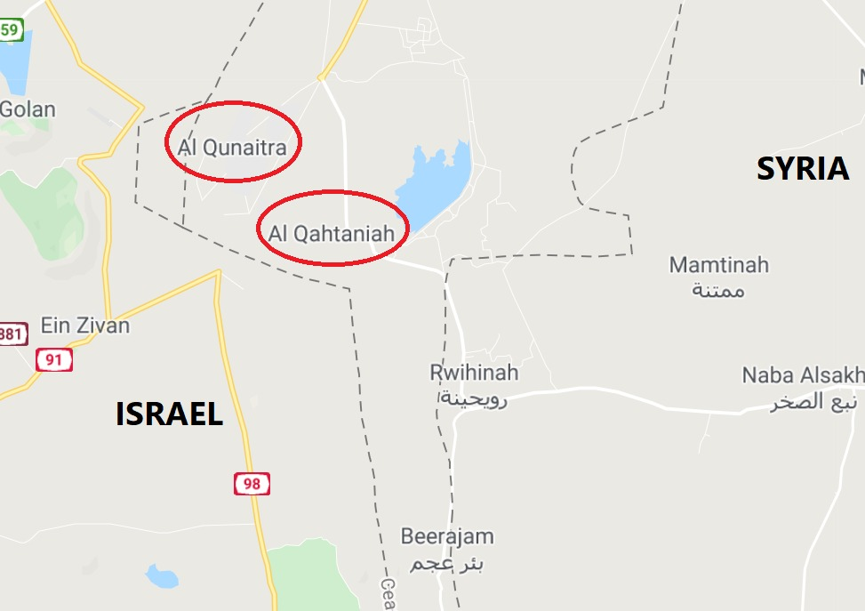
- South Syria – Another vehicle attack west of Hader (March 2nd)
- 2 March at noon, the IDF attacked a vehicle west of the village of Hader in an area called “Ain Eltinah” very close to the Israeli border. The vehicle was functional in a plot planning to execute a sniper attack against Israel.
- The last three events near the border with Israel were, in our assessment, related to each other. We believe that this is in fact one “rolling” event, the beginning of which was the elimination of Emad el Tawill, who led the organization of terrorist attacks against Israel under the Hezbollah-sponsored “Golan portfolio”.
- When the organization reached operational maturity and posed a “clear and immediate threat,” Emad el Tawill was eliminated (February 27th). Hours later additional damage was inflicted on infrastructures related to the organization.
- Despite the elimination and damage to the infrastructures, in our estimation, the organization tried to carry out an attack at all costs (possibly in revenge for the elimination of el Tawill) leading to the attack on the vehicle on March 2nd .
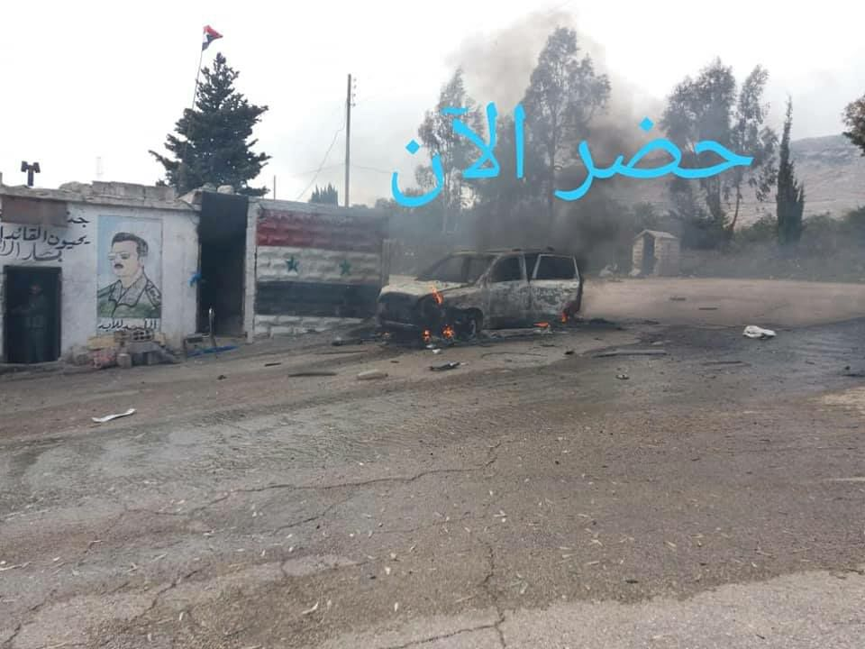
- South Syria – Daraa Province – Lack of stability and the escalation of military activity against regime forces:
- Military actions perpetrated by opposition factors in the province against the regime’s forces continue uninterrupted.
- Over the past few days, IED’s were deployed against regime forces in the city of Daraa, in the settlement of Tafas and near the settlement of Jillen. In addition, exchanges of fire took place in Saham al-Jawlan, Karak and in al-Musayfirah.
- Posters were posted in the settlement of Tafas calling for the defection from the Syrian army.
- On the 1st. of March the settlement of al Sanamayn was besieged by Syrian military forces (Division 4), followed by tank and mortar shelling into the town, resulting in the killing of civilians. The Syrian army is striving to eliminate armed opposition elements in al Sanamayn.
- It is possible that Shiite militia forces and Hezbollah operatives are assisting the Syrian army.
- Because of the attack on the community of al Sanamayn, as of now, a wave of violence has been launched against the Syrian regime forces in southern Syria, which includes firing at military and security forces and kidnapping of soldiers and army officers.
- Fighting between Syrian army and opposition forces has also erupted in Tafas and Muzayrib communities and it appears that armed opposition members are concentrating and moving towards the al Sanamayn settlement in order to reinforce the opposition forces fighting the Syrian army.
- The Syrian Monitoring Center for Human Rights has provided data on the attacks, assassination attempts and numbers of deaths in Daraa province for the period of June 2019 to February 2020: More than 311 attacks in the form of assassination attempts, IED’s, booby-trapped vehicles and shootings. Altogether killed: 215 people: 41 civilians, 103 army and security forces, 33 collaborators of the regime, 16 among faction fighters who signed reconciliation agreements and enlisted into the security forces ranks, 16 Syrian militias belonging to Hezbollah and Iranian forces and 6 from the “5th Corps” founded by Russia.
- The events in southern Syria in general and the Daraa province in particular, show that the Syrian regime does not have full control of the area it reconquered from the insurgents in July of 2018.
- On the 2nd. of March, reports state that the Russians were involved in a reconciliation agreement between the regime forces and the al Sanamayn militants seeking to reach calm in the area.
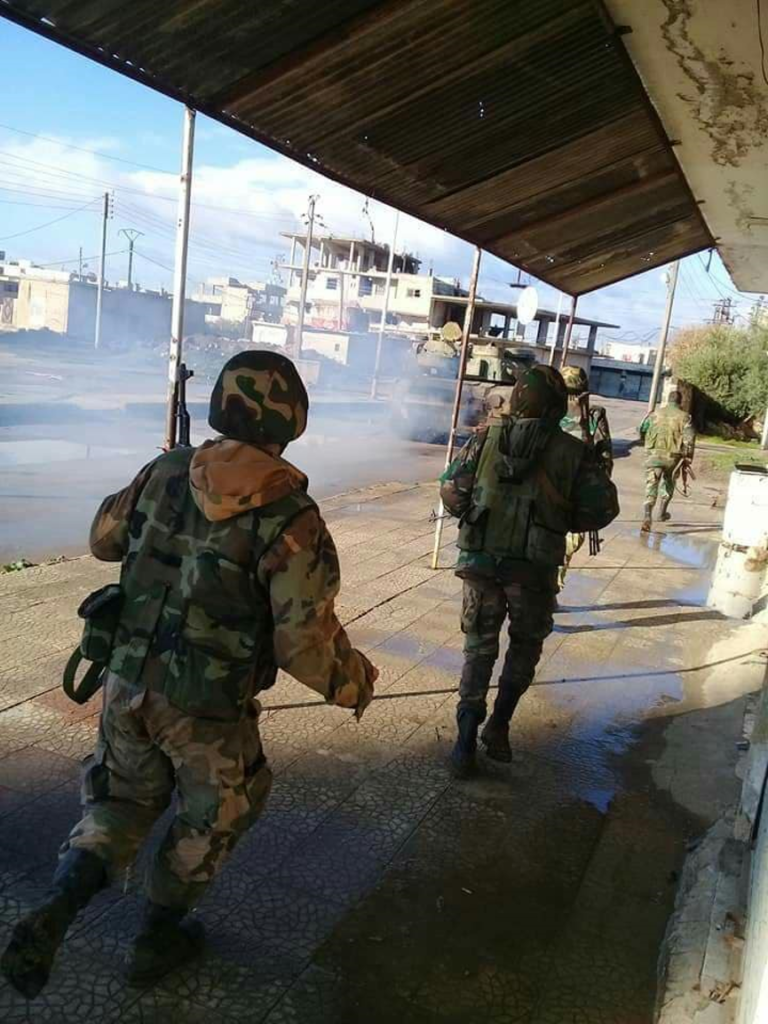
https://www.facebook.com/Draa.Today17/posts/657824538306812

- Northern Syria – Idlib Province: Turkish Army against Syrian Army – significant escalation:
- After reoccupying the Syrian town of Nerab, located southeast of Idlib city, the rebels, with Turkish backing, continued eastbound on the M4 roadway towards the city of Sarakíb, which is strategically located at the junction of the M4 highway with the M5 highway (Damascus-Aleppo motorway).
- On February 27th, the rebels were able to regain control of the city of Sarakíb.
- A significant escalation began after the bombardment of the Turkish headquarters in the city of Sarakíb, causing the death of 33 Turkish soldiers on the night of February 27 The Russian army denied Involvement in this attack thus indirectly blaming the Syrian army
- In response to the attack, the Turkish army began a massive blitz and a crushing bombardment on Syrian, Hezbollah and militia forces (Fatimyun and Zaynabiyoun militias) assisting the Syrian army. The Turkish army managed to cause dozens of casualties among Syrian and supporting military forces, including Lebanese Hezbollah forces assisting the Syrian army in the area (there are sources describing hundreds of dead).
- The fighting involved air battles between Syrian and Turkish Air Force planes. On the 1 March, two Sokhoi Syrian Air Force planes were shot down by Turkish F-16s while a Turkish UAV was shot down by Syrian anti-aircraft fire.
- The funerals of Lebanese Hezbollah activists killed in the Turkish offensive in recent days in Idlib province, took place in the Beqaa, Beirut and southern Lebanon.
- As a gesture of joy, following the killing of Hezbollah operatives, portraits of Turkish President Erdogan and Turkish flags were hung in Tripoli in northern Lebanon (a city with a significant Sunni majority).
- As part of the air blitz, the Turks bombed a Syrian helicopter base and ammunition production plants in the Aleppo province.
- Turkey’s clear interest is halting the advance of the Syrian army. The cause for the great number of displaced people, continuing to arrive in large numbers on the Turkish border, is a result of the advance of the Syrian army in its conquest of Idlib and Aleppo. Turkey’s supreme interest is stopping the influx of the displaced headed for its border.
- Turkey opened its borders for refugee migration to both Greece and Bulgaria as a means of pressure on the European Union.
- On the Facebook page of the “SHAM” S.N.N News Network, a video taken by a drone shows thousands of tents near the Syrian-Turkish border, displaying displaced people who have fled the fighting in Idlib and Aleppo provinces.
Video link: https://www.facebook.com/ShaamNetwork.Arabic/videos/186791546075156/
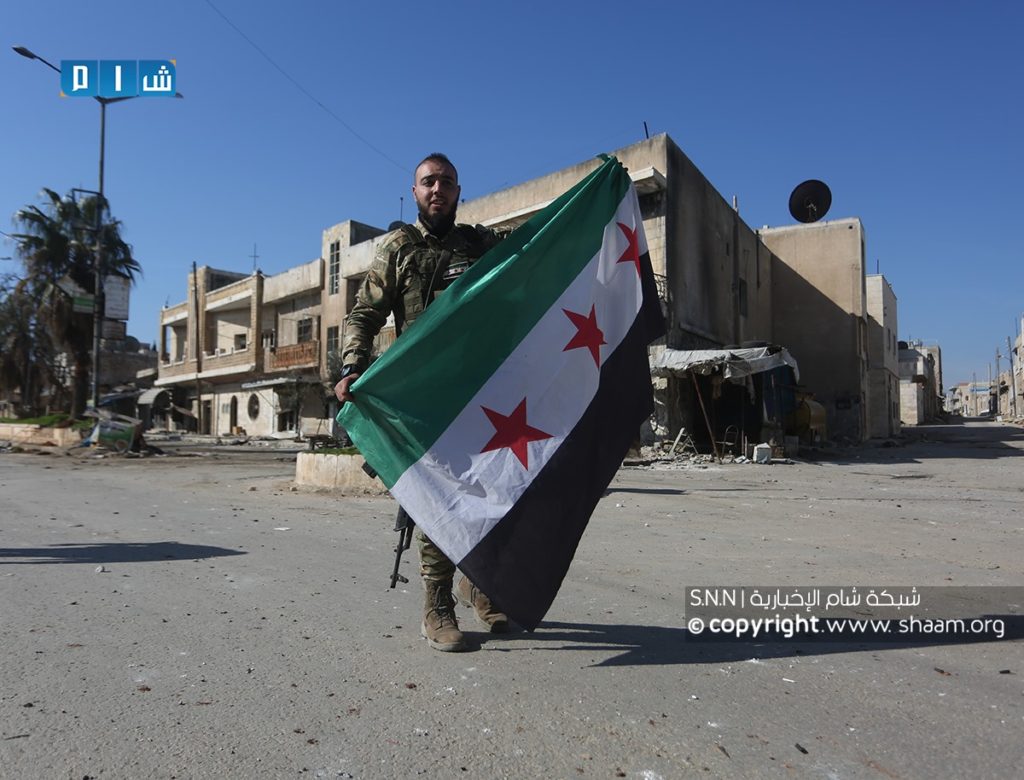

https://www.facebook.com/afaq18sy/posts/2720431101576369

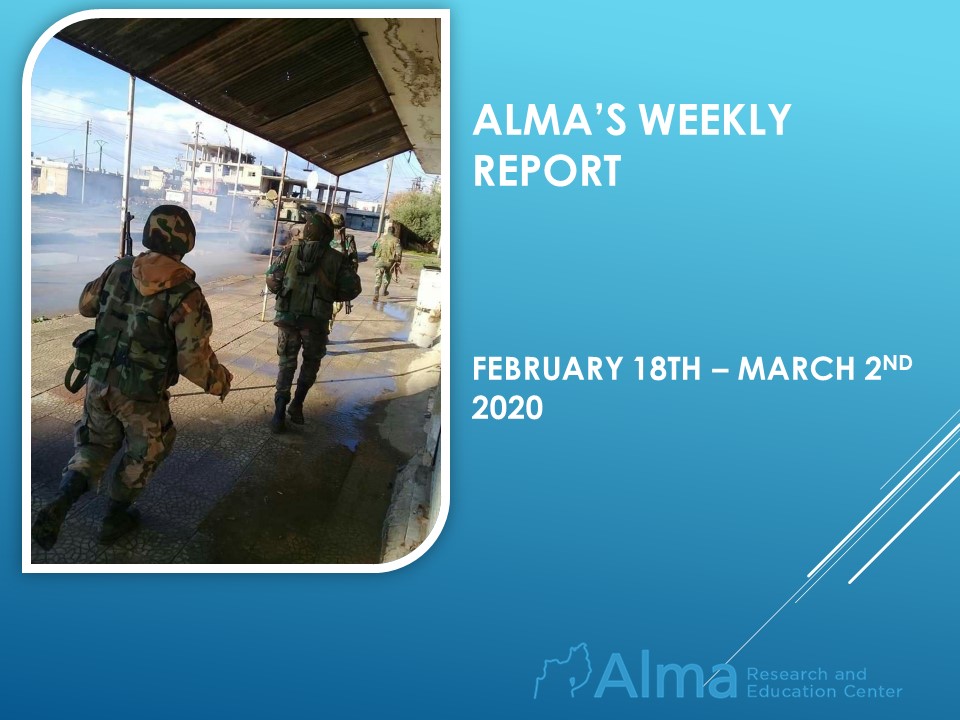
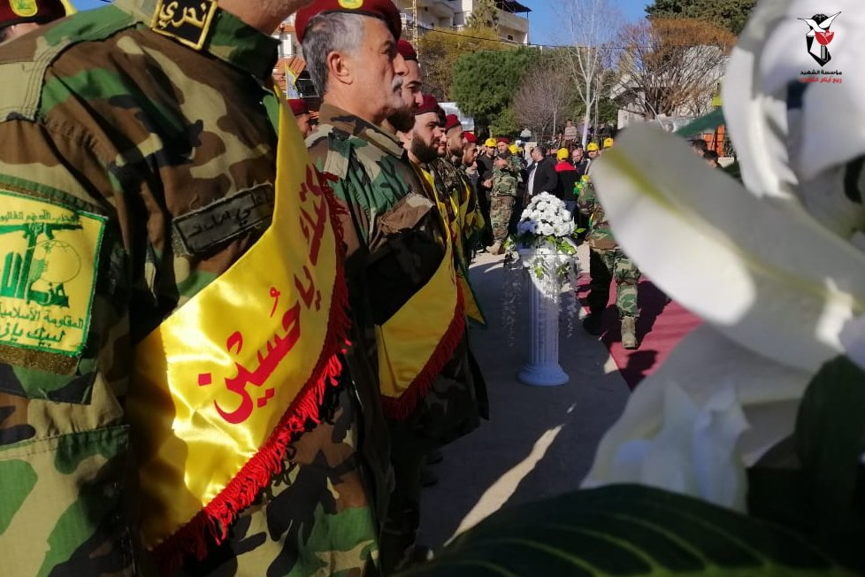
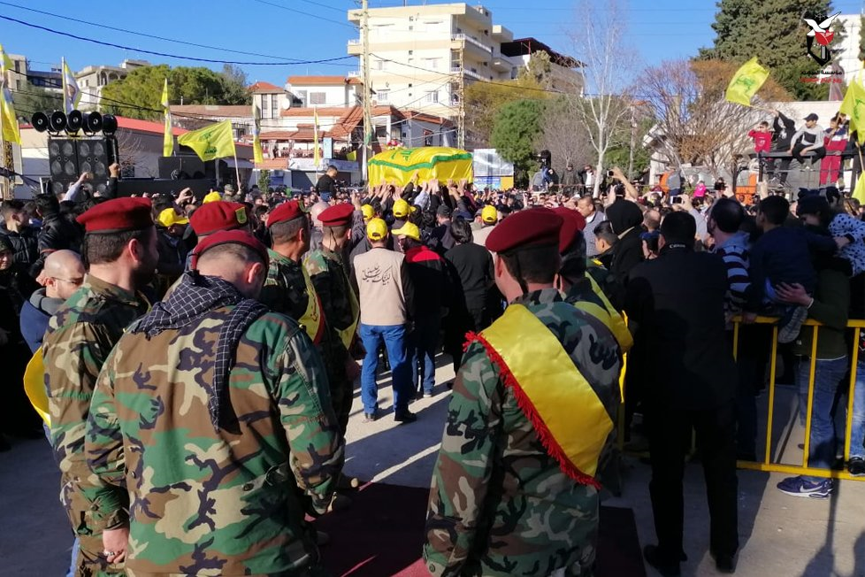
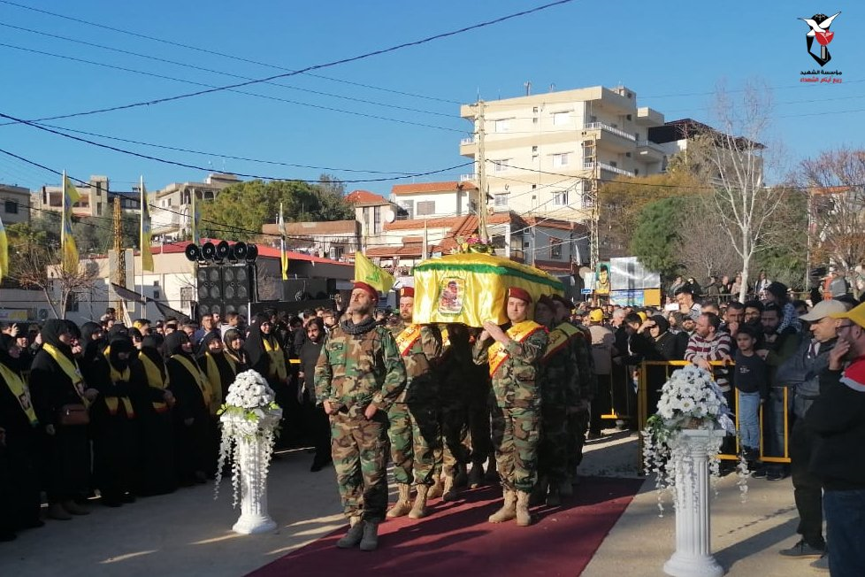





2 Responses
Αwesome artiϲle.
Thanks for one’s marvelous posting! I quite enjoyed reading it,
you could be a great author.I will ensure that I bookmark your
blog and may come back very soon. I want to encourage you to ultimately continue your great job, have a nice holiday weekend!